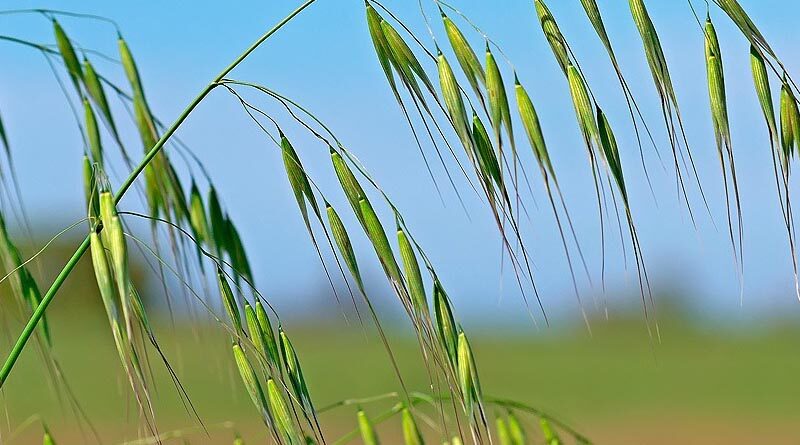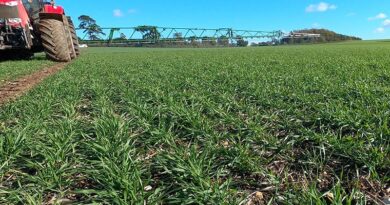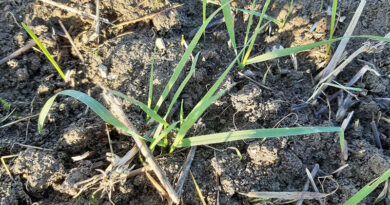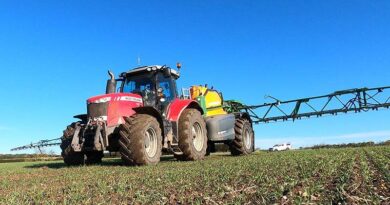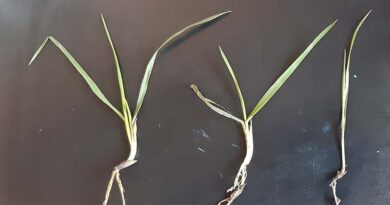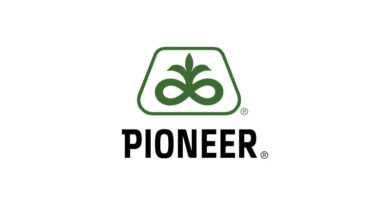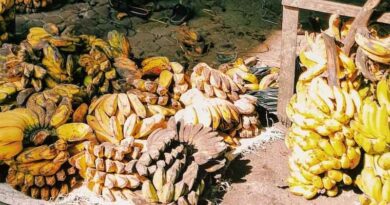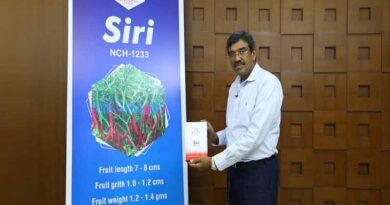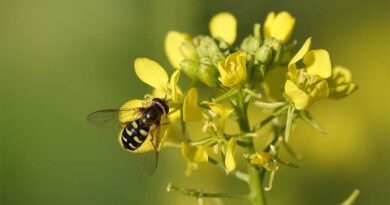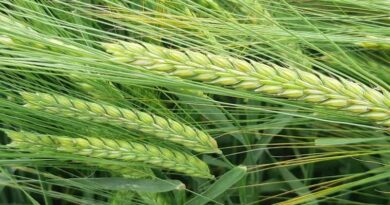AXIAL Pro is a key tool for wild oat control in spring barley in Scotland
11 April 2022, Scotland: Following plenty of rain, and cold wintery spells in March and early April, spring barley drilling is well underway in Scotland, and whilst there is still moisture in the ground and growing conditions are good, weeds and crops alike will be growing. Early management of weeds always gives the best control, particularly with a competitive weed such as wild oats.
AXIAL Pro is a great tool for wild oat control, as it gives rate flexibility depending on the size of the weed.
For targeting spring germinating wild oats while they are still at the tillering stage AXIAL Pro can be applied at 0.4 l/ha + ADIGOR, beyond tillering a rate of 0.6 l/ha will deliver more robust control. In dryer conditions when growth of the crop and weed slows, higher rates are essential for good control. At a rate of 0.6 l/ha and above the built-in adjuvant in AXIAL Pro is at an optimum rate and ADIGOR is not necessary, the decision tree below gives you a guide to rates and adjuvant use in different conditions.

Remember there are specific mixing and sequencing rules for AXIAL Pro use and hormones (especially the older generation of this MOA) and ALS inhibitor/SU products.
For sequencing:
- AXIAL Pro first, wait 7 days before using an SU, ALS inhibitor or hormone
- SU, ALS inhibitor or hormone first, wait 21 days before applying AXIAL Pro

Application Advice
When the spring barley crop is smaller than GS30 and the wild oat targets are exposed, a nozzle giving good coverage such as the 3D nozzle is the best choice providing conditions allow. As crops get larger, through stem elongation, and the grass weeds are more shaded by the crop canopy, the angled Amistar nozzle is a better option to increase penetration and increased water volumes allow more droplets through the crop canopy to reach the target weed.
AXIAL Pro packaging now comes with a QR code which links to the Spray Assist app. The App’s powerful algorithms combine a wealth of application trials results with weather data, crop, growth stage and treatment, to compute the optimum sprayer settings and recommendations.

